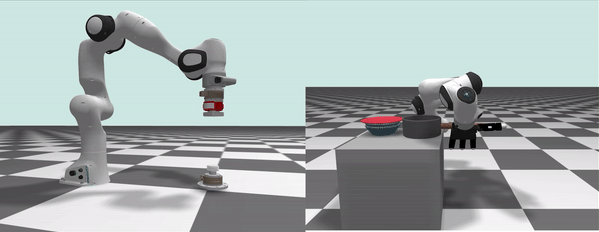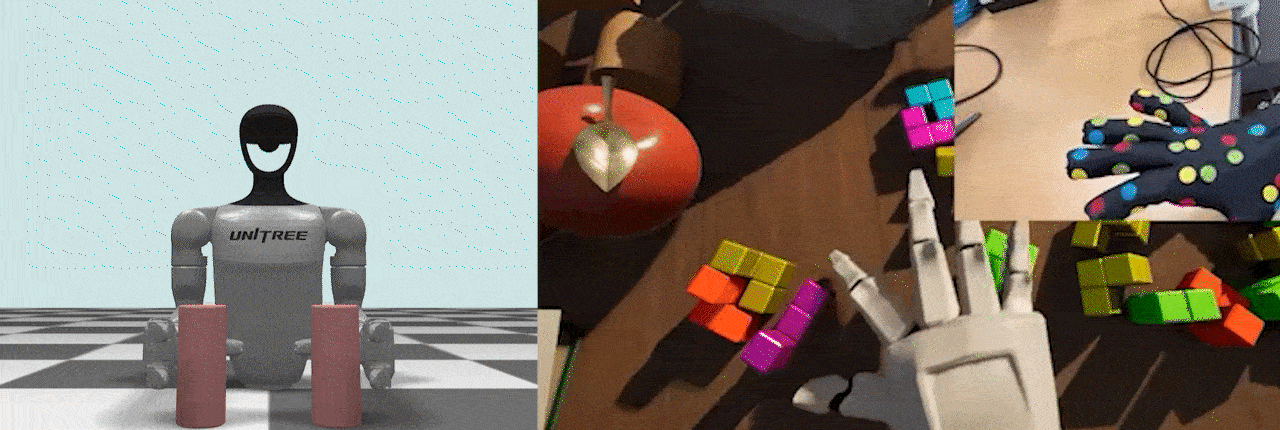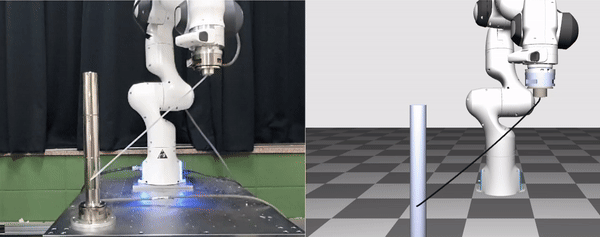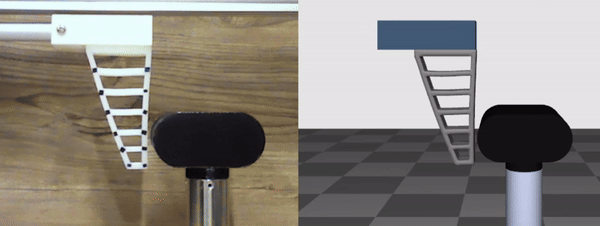Robotic Simulation
dynamics & contact modeling, numerical solver, sim2real
Physics simulation is a fundamental tool for advancing robotic intelligence, enabling scalable data acquisition, training, and safe algorithm testing. A key challenge is achieving simulations that are both accurate and computationally efficient. Our focus involves various aspects like discrete-time dynamics, geometric and physical constraints, friction modeling, system sparsity, and efficient numerical algorithms.
Variations of Augmented Lagrangian
The Augmented Lagrangian tackles constrained convex optimization by sequentially solving a series of subproblems. We extend this approach to handle robotic simulations involving contact. The first variation, Cascaded Newton-Based Augmented Lagrangian (CANAL), effectively handles multi-contact nonlinear complementarity conditions with high accuracy. This approach is particularly suited for contact-intensive manipulation tasks:

The second variation, Subsystem-Based Alternating Direction Method of Multipliers (SubADMM), efficiently handles high-degree-of-freedom multibody dynamics with numerous constraints in a fast and scalable manner. Its inherently parallel computational structure is also well-suited for GPUs.

Contact Nodalization and Diagonalization
While deformable objects are generally considered challenging to simulate, they also have aspects that are simpler compared to rigid objects. For example, their higher degrees-of-freedom provide a larger feasible space, and constraints come in sparse and simple forms. Contact Nodalization and Diagonalization (COND) is designed to exploit these properties to enable real-time robotic simulation with deformable objects.

